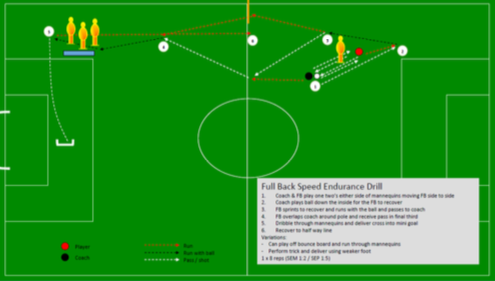CAN MODERN FOOTBALL MATCH DEMANDS BE TRANSLATED INTO NOVEL TRAINING AND TESTING MODES?

Written by Paul S Bradley*, Michele Di Mascio, Magni Mohr, Dan Fransson, Carl Wells, Alexandre Moreira, Julen Castellano, Antonio Gomez Diaz & Jack D Ade
*Corresponding author. Email Address: [email protected]
Association football is a complex sport with unpredictable activity patterns during matches1. Players regularly transition between short multi-directional high-intensity efforts and longer periods of low-intensity activity2. Time– motion analysis has been the data-collection technique of choice to quantify the physical match performance of elite footballers3. In the last four decades this technique has quantified the relative or absolute distance covered and time spent along a motion continuum of walking through to sprinting 4-6. This is accomplished with the aid of validated manual/computerized tracking or global/local positioning technology7. Technological advancements in wearables such as tri-axial accelerometers have enabled inertial indices to be progressively introduced alongside traditional time-motion techniques to provide more insight into metabolically taxing activities8. This has surely progressed the fields understanding of the physiological, metabolic and mechanical demands of elite football match play. Although more validation work should be conducted that compares inertial indices with physiological and metabolic measures.
READ MORE
